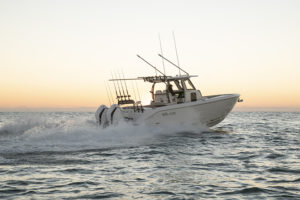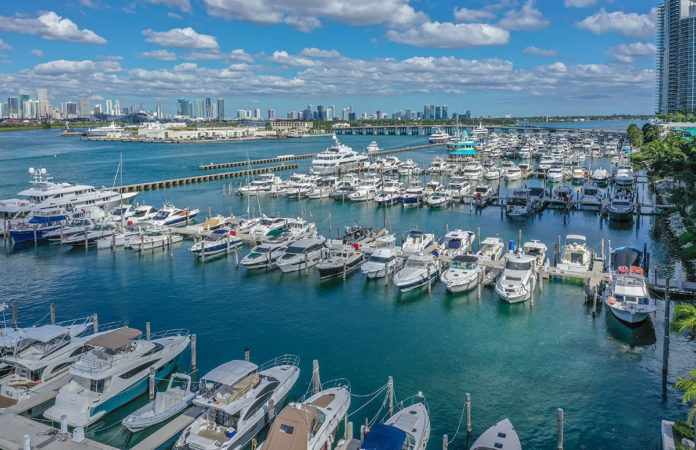Use these tips to land the perfect marina slip.
By Gregg Mansfield
Shopping for a marina slip is like being a first-time homebuyer. It’s a mixture of excitement and nervousness as you find a home for your center-console boat.
Not to worry, we can help you through the process. While we recognize that in smaller towns the options might be limited, there are basic questions boaters should ask before signing the contract for a marina slip.
Chad Andrews of Tampa, Florida, learned the hard way when he was eager to find an affordable in-water slip for his 22-foot Boston Whaler. The marina, which he preferred not to name, had an end slip available. It was longer than Andrews’ boat required but the marina cut him a deal for signing a one-year contract.
Andrews jumped at the opportunity but quickly had buyer’s remorse. The center-console boat was pounded by wakes from boats coming and going in the marina. It was even scratched a couple of times by bigger boats attempting to turn around in the small marina.
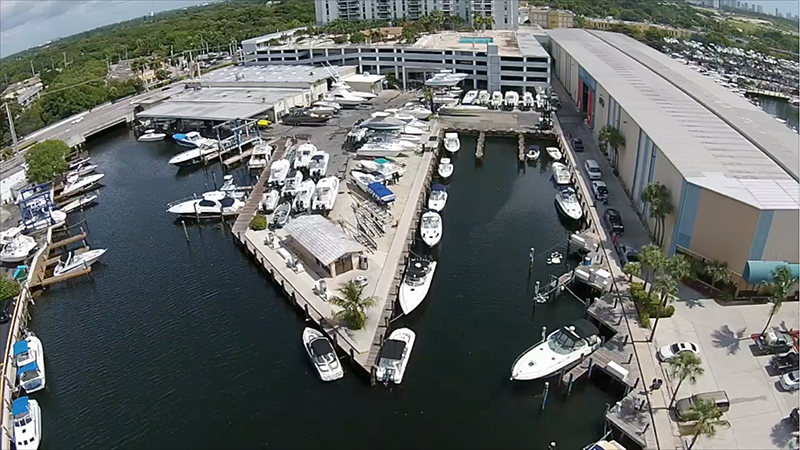
“I couldn’t get out of there fast enough,” Andrews said. “I later learned the previous slip holder had left for similar reasons.”
Andrews ended up forfeiting the last two months of the slip rental and keeping the boat at a friend’s house until he found another marina.
“My advice to anyone looking for a slip—ask lots of questions,” Andrews said. “That was a hard lesson to learn.”
Doing your homework early is the key to finding the right marina. Ideally the work should be done months before taking possession of a boat or looking to move marinas.
Most boaters are looking for slips close to their home or close to their favorite waterways. Unless you live near a major coastal city, options for marinas may be limited but that doesn’t mean settling for the first slip that comes open.
Safe and Secure
Security should be the top concern for any boat owner and it’s worth keeping that in mind when doing a walk-through of any marina.
Is the marina easily accessible by the public or have gates to keep unwanted visitors out? The dock should have a gate with a keypad or fob for entrance. While doing the walk-through, ask the marina representative if the same code is used for all docks and how frequently it is changed.
Most marinas have security cameras and the cameras are mainly used to track movements in the marina, not to solve crimes. Cameras are a good theft deterrent and boaters can take it a step further by adding a security system to their center-console boat.
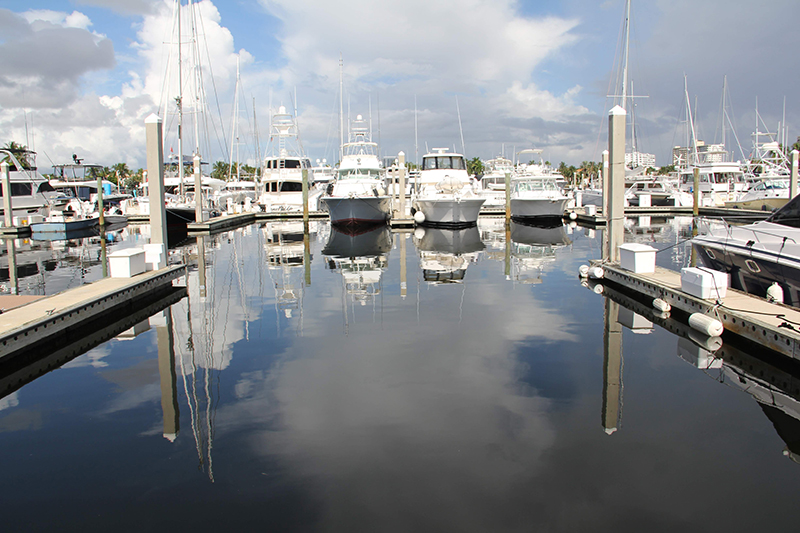
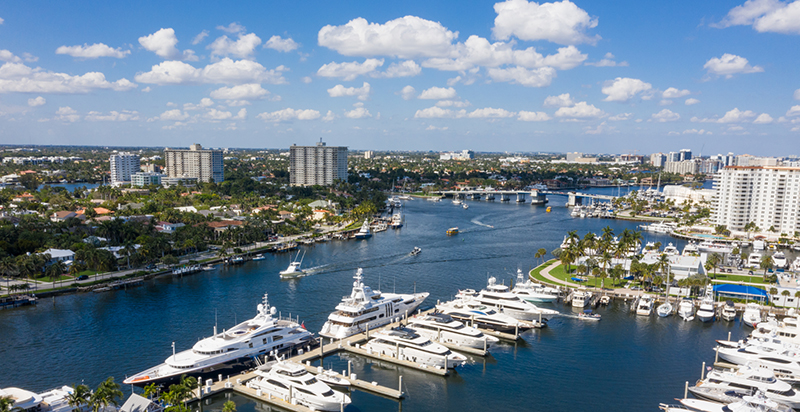
Marine electronic companies include Simrad, Garmin, Siren Marine and Raymarine offer affordable systems that will alert your smartphone when there is a boarder. The systems can also notify of other issues including rising water in the bilge or the boat is being moved.
Some marinas allow liveaboards while other marinas do not permit it. Liveaboards are another set of eyes on the docks. The Port of Seattle has a Marina Watch Program—based off the venerable Neighborhood Watch Program—at its recreational marinas.
“We meet quarterly and we talk about security and safety,” said Giuseppe Alvarado, manager of business and operations for the Port of Seattle’s Shilshole, Bell Harbor and Harbor Island marinas. “It’s really a see something, say something and it’s getting people to be aware of what’s around them.
“If they see anything suspicious right off the bat, our (Port of Seattle) police are very good about responding. They’d rather have it be a false alarm than not call on a something that they should have been called about.”
Marina Maintenance
When shopping marinas, check out the overall condition of the facility, paying close attention to the docks. The docks should be well maintained, boards securely fastened, the dock pontoons aren’t falling apart and docks edges are adequately protected to keep boats from getting scratched.
Marina often have rules on what can be stored on the docks. Usually it’s a storage box and a personal item such as a plant or a bike. A cluttered dock is a good indicator that rules aren’t being enforced or the marina may have too many liveaboards.
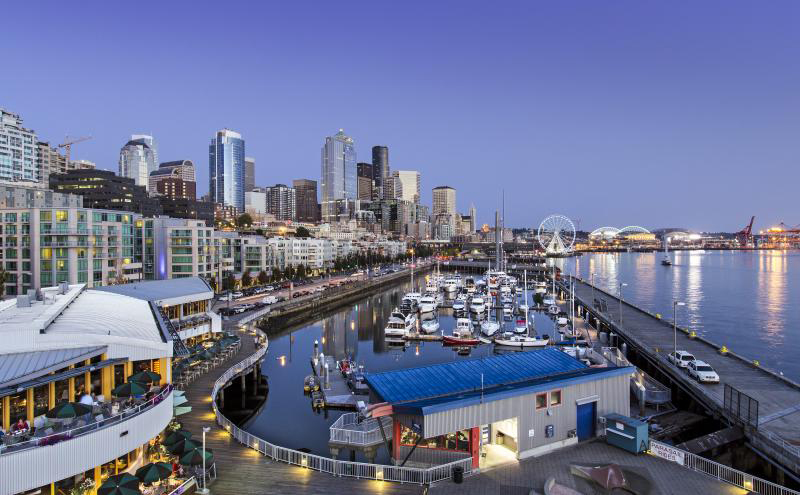
The maintenance also extends to laundry facilities and showers, though most center-console owners are just looking for a place to keep their boat. A lack of hot water or showers with missing curtains is another sign of a potentially bad marina. Tenants are a good source of information and may not give glowing reports as the marina operator.
Leon Parkhouse has had boats growing up with his family in the United Kingdom and now in Southern California. He believes boaters should have a list of priorities before stepping foot in the marina.
“If you get shown the really nice, snazzy side of the marina then they allocate you rundown part of it, that would be a problem,” Parkhouse said. “Ideally you want to see that there’s a number of people in the marina and it’s not completely empty. If it’s empty, that could be a bad sign.
“You want a happy ratio of liveaboards there and that the marina is somewhat discerning about who they allow to be liveaboards.”
Additional Amenities
There are other intangibles to consider besides laundry and bathroom facilities. Marinas may offer snack shops, picnic benches and even bars with live entertainment. It’s wise to consider if the gas dock is easily accessible and if a store is nearby to grab ice and food for a day out fishing.
Maintenance on a boat in the water is constant and your favorite detailer may not be able to do the work. Marinas often have a preferred vendor list, businesses that meet work standards and insurance requirements. If your detailer isn’t on the list, it might be as simple as providing insurance.
Some privately-owned marinas offer reciprocity that allows a member to keep a boat overnight at a sister marina for free or a discounted rate. The Port of Seattle offers $10 off a mooring. The key is calling the marina in advance to see if there is an opening and reserve it.
Ready to Drop Anchor
Before signing an agreement, do some final price shopping. Marinas charge by the foot and while your boat may be 36 feet, it could require an extra couple of feet because of a swim platform or a drive sticking out.
Expect to pay as little as $12 a foot to upward of $75 a foot for high-demand marinas. Dry stack slip rates can vary significantly but offer greater security than a in-water slip.
“Most people look at marinas based on their budgets and marinas in South Florida are very expensive compared to some other states,” said Mike Bender, who oversees marina operations at Oceans Edge Key West Resort & Marina in Key West, Fla. “Down here in the Keys there aren’t very many marinas, so it’s supply and demand just like anything else. We’re $35 a foot per month and just on the other side of the island, right in downtown Key West, there’s $60 a foot. There can be huge price discrepancies.”
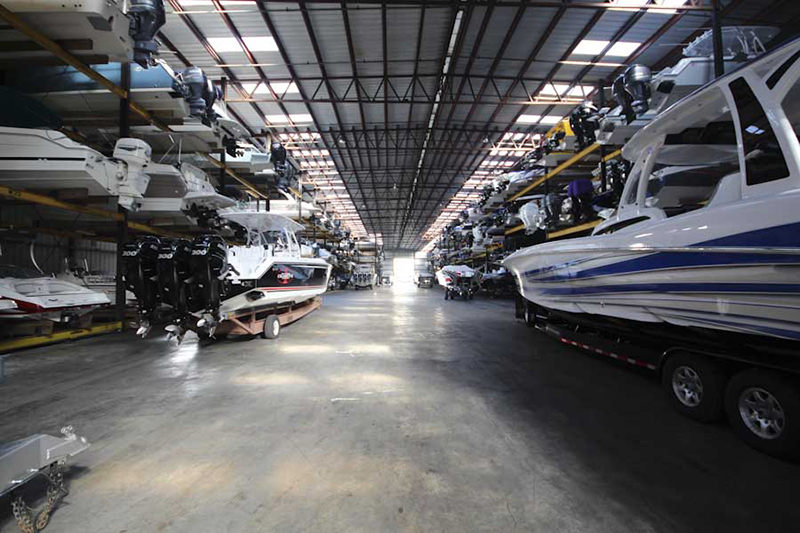
Marinas generally include electricity for smaller slips (26’ and under) while larger boats are metered. Liveaboards pay a higher rate and WiFi is usually an added charge and needed if you plan to use a boat security system.
Public marinas usually offer month-to-month agreements for slips, while private marinas generally ask for a one-year commitment. The marina is going to collect the first month’s rent in advance, no different than renting a house.
Marina operators are going to request either the current state registration or U.S. Coast Guard documentation. Some marinas will require a boat to pass a visual inspection and confirm it can enter or leave the marina under its own power.
The marina is going to demand proof of insurance and could be asked to be named as an additionally insured on your policy. The Port of Seattle requires a minimum of $300,000 liability insurance per occurrence, while fishing charters must have at least $1 million liability per occurrence, Alvarado said.
If your boat is docked in a state that is prone to hurricanes—we’re looking at you Florida—you will be required to file a boat evacuation plan in case a hurricane threatens the region. Marine insurance companies generally require a plan before writing a policy, so it won’t be any extra work. One of the perks of stacked storage is the buildings can withstand hurricane-force winds.
In-water slips have its advantages for convenience and speed though it comes with a higher maintenance cost. Find your perfect slip and thanks to doing your homework, you’ll enjoy your boat for years to come.

